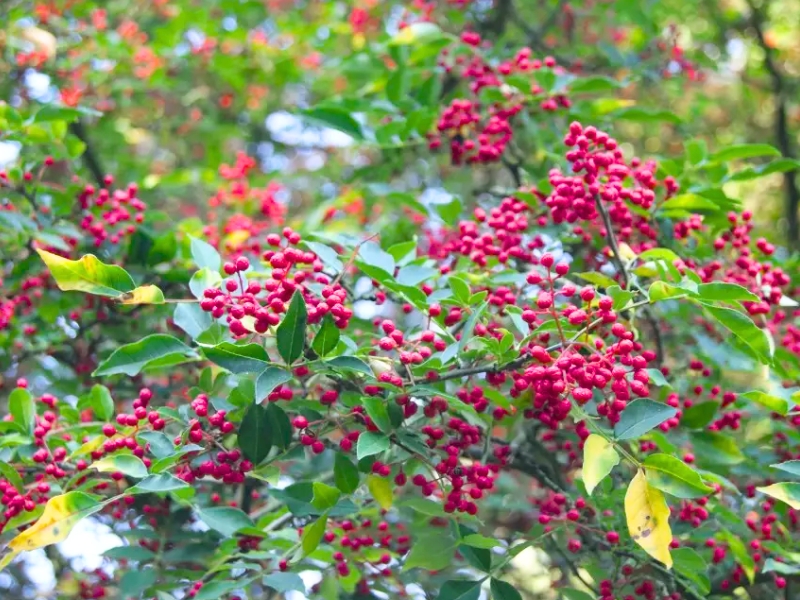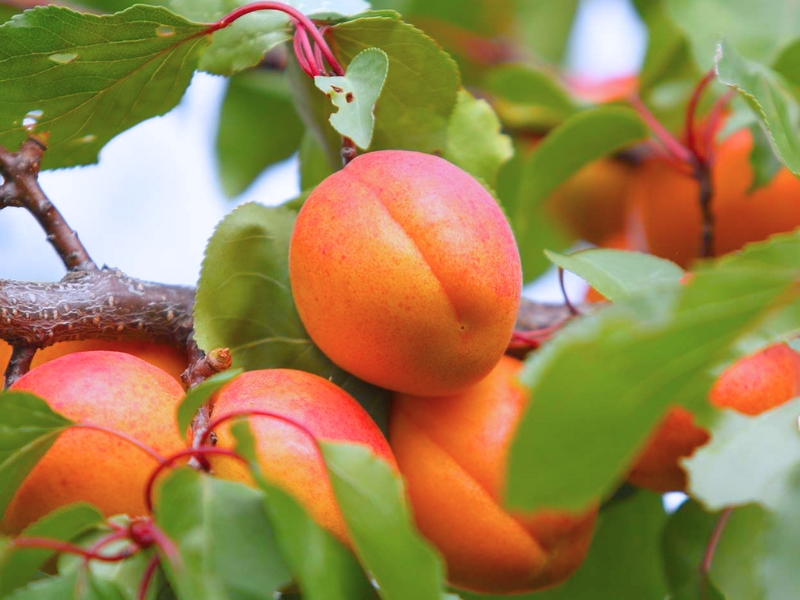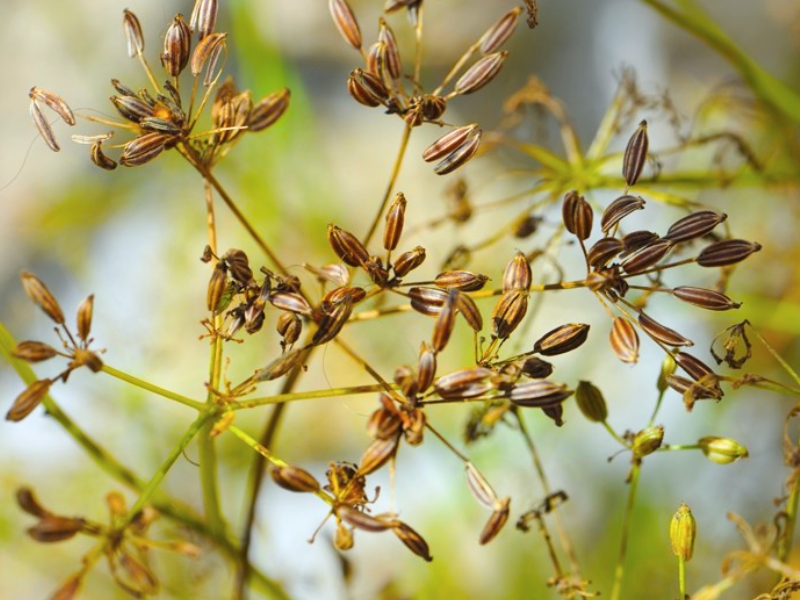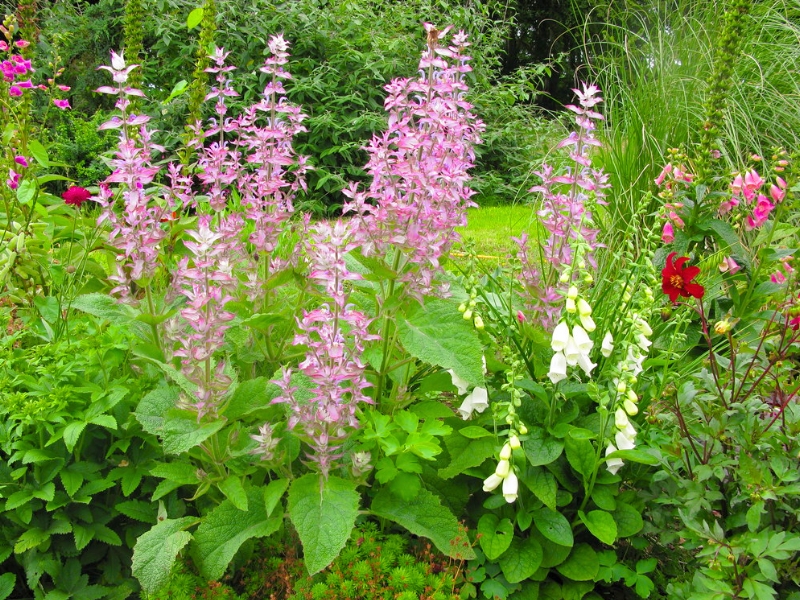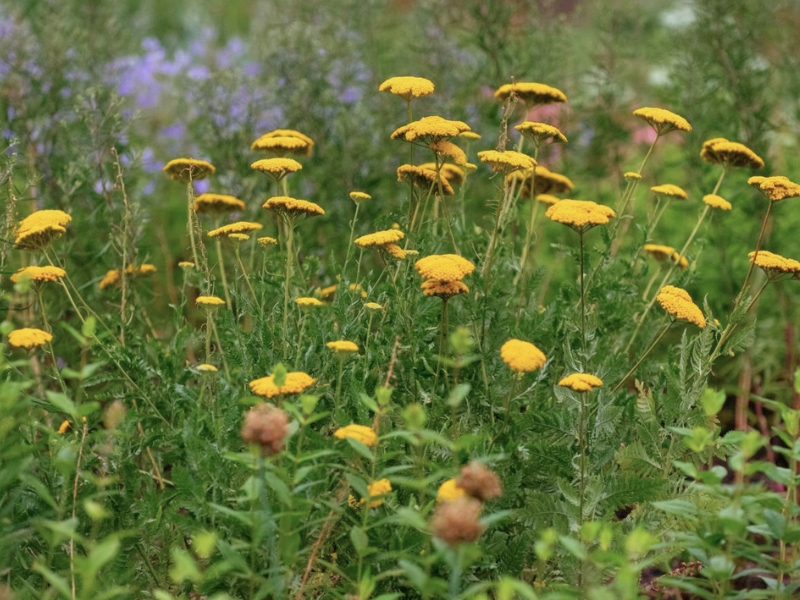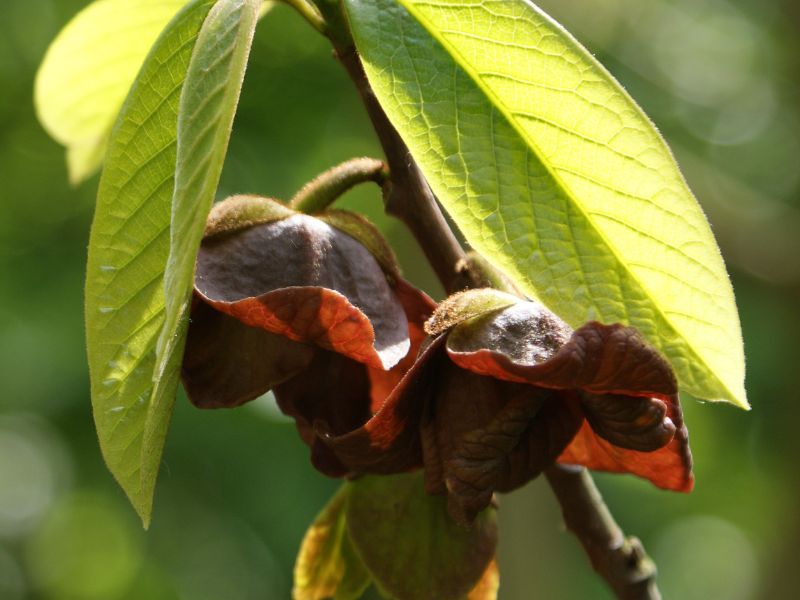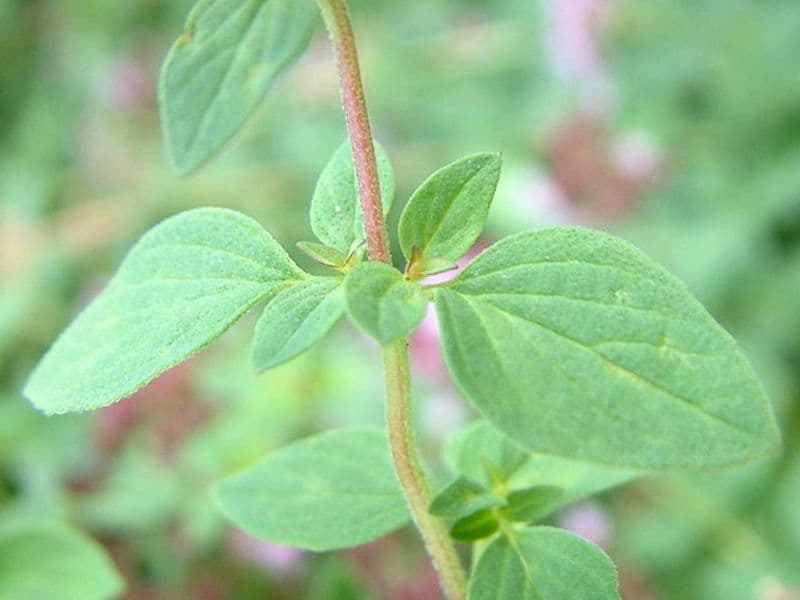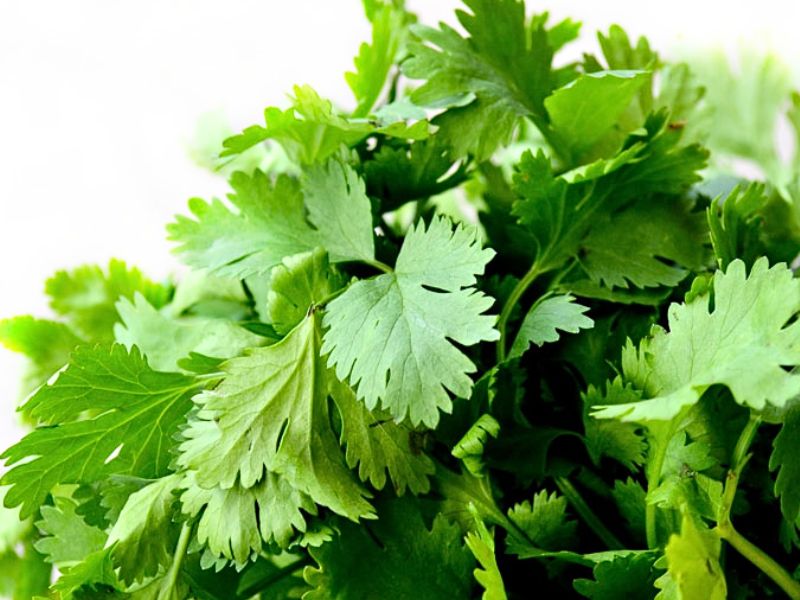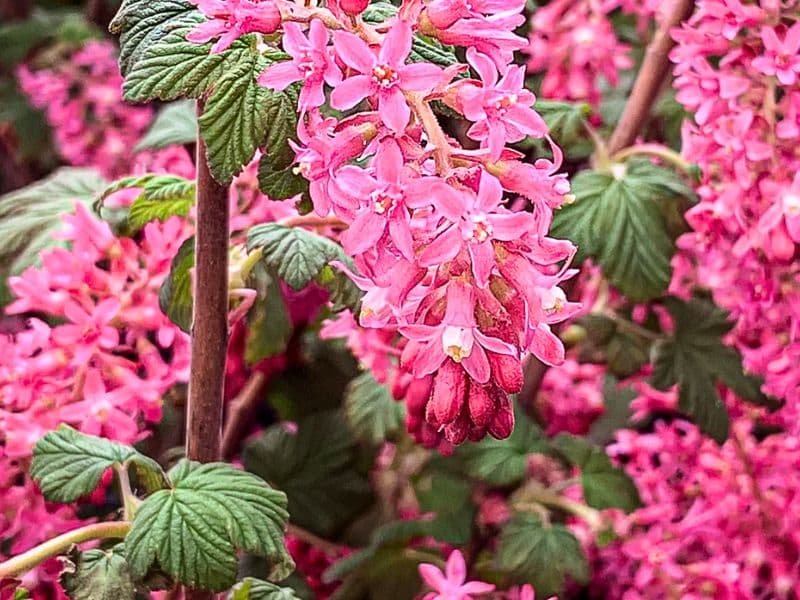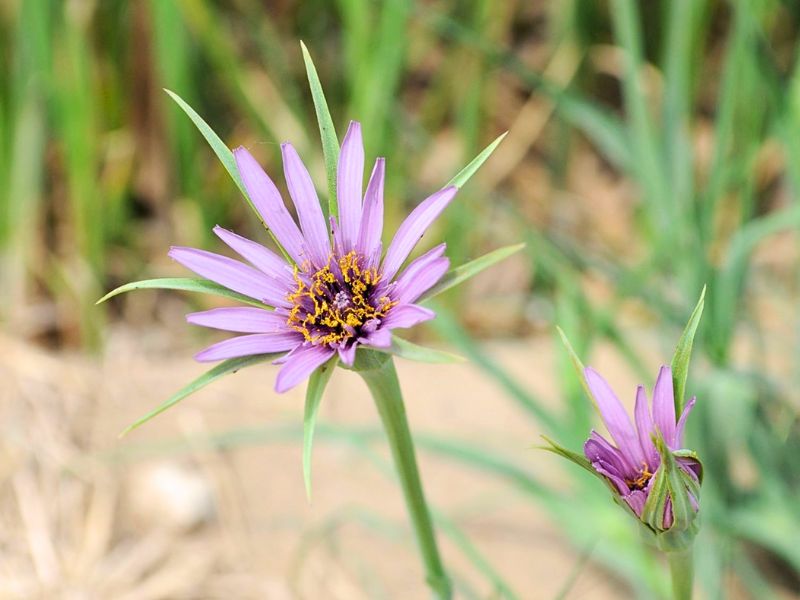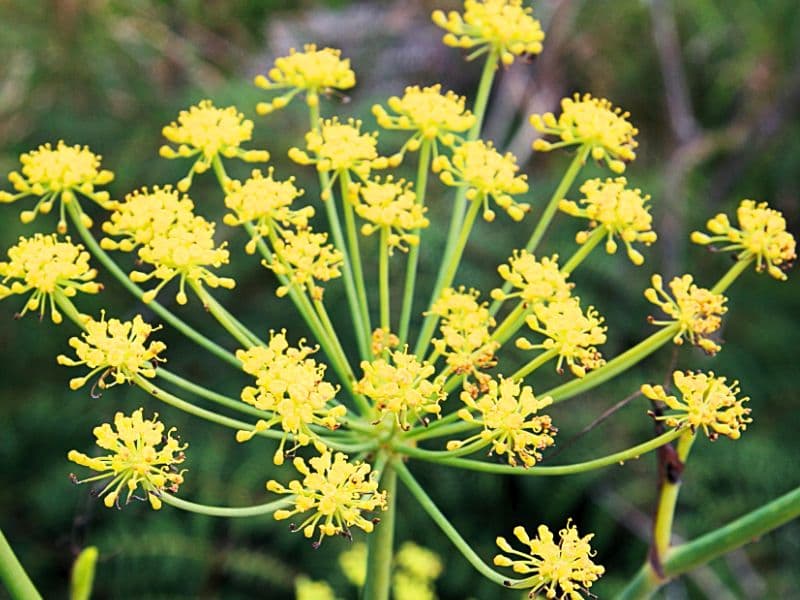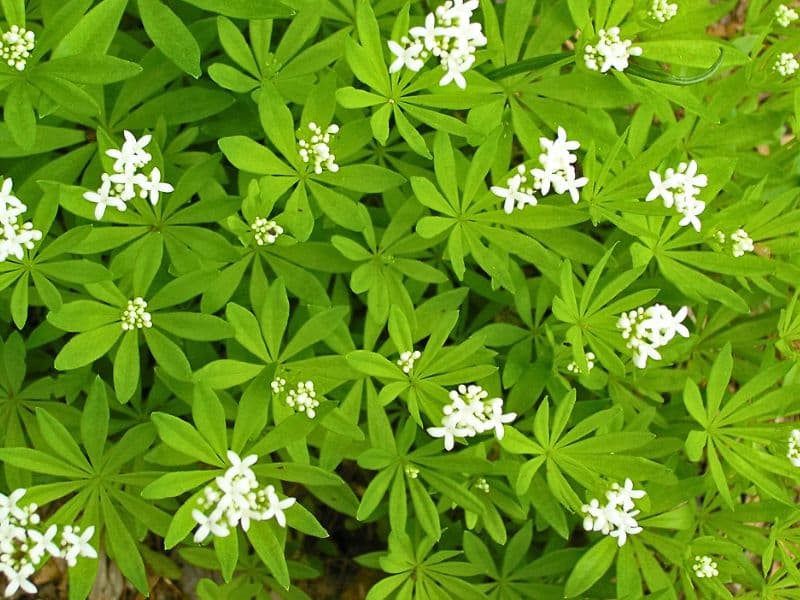Edible
In our urbanized world, the connection to nature and food sources has diminished, yet foraging offers a wonderful opportunity to rediscover nature’s gifts. Many commonly overlooked “weeds” and trees hold surprising culinary potential, providing nutrient-rich additions to your diet and garden. Let’s explore some of nature’s hidden edible treasures.
Wild edible plants: a nutrient-packed resource
Incorporating foraged plants into your meals can add diversity and nutrition to your diet. Many of these wild edibles are packed with vitamins and minerals and can bring unexpected flavors to your cooking.
Common edible wild plants:
- Dandelion: Known for its peppery greens and edible flowers.
- Nettles: High in iron and perfect for soups or teas when cooked.
- Purslane: Rich in omega-3s and great for salads.
- Chickweed and Red Sorrel: Tangy and refreshing additions to any dish.
- Amaranth and Dock: Nutritious greens with versatile culinary uses.
- Elderberry: Offers fragrant flowers for syrups and berries for jams.
Other examples include burdock, cattail, beach mustard, and anise hyssop, each with distinct flavors and uses.
Edible trees: Beyond fruits and nuts
When we think of edible trees, fruiting varieties like apples, cherries, and walnuts often come to mind. However, trees offer much more than just fruits:
- Maple Trees: Known for their sap, which produces maple syrup, but their young leaves and seeds are also edible.
- Birch Trees: Provide sweet sap and edible inner bark and twigs.
- Pine Trees: Offer edible inner bark and nutrient-dense seeds.
Additional Edible tree varieties
Many trees also yield flowers, nuts, seeds, and medicinal components:
- Citrus: Edible fruits, fragrant blossoms, and zest-rich peels.
- American Hazelnut, Oak, and Walnut: Nut-producing varieties with flavorful yields.
- Sassafras, Beech, and Willow: Known for their medicinal properties and edible parts.
- Common Hawthorn and Serviceberry: Produce berries that are both delicious and nutritious.
Other notable mentions include mulberry, seaberry, lindens, goji, feijoa, and strawberry trees, all of which enhance the biodiversity of your foraging experience.
Gifts from nature for cooks and gardeners
Edible plants and trees make thoughtful gifts for gardeners and food enthusiasts. Whether planting flavorful herbs like mint, curry leaf, nasturtium, and parsley or incorporating wild edibles like asparagus, blackberries, blueberries, and autumn olive, the culinary possibilities are endless.
By incorporating edible wild plants and lesser-known tree yields into your garden and meals, you can reconnect with nature and enjoy its rich flavors and nutrients. Whether foraged or cultivated, these plants bring diversity, sustainability, and a deeper appreciation of our natural surroundings.
